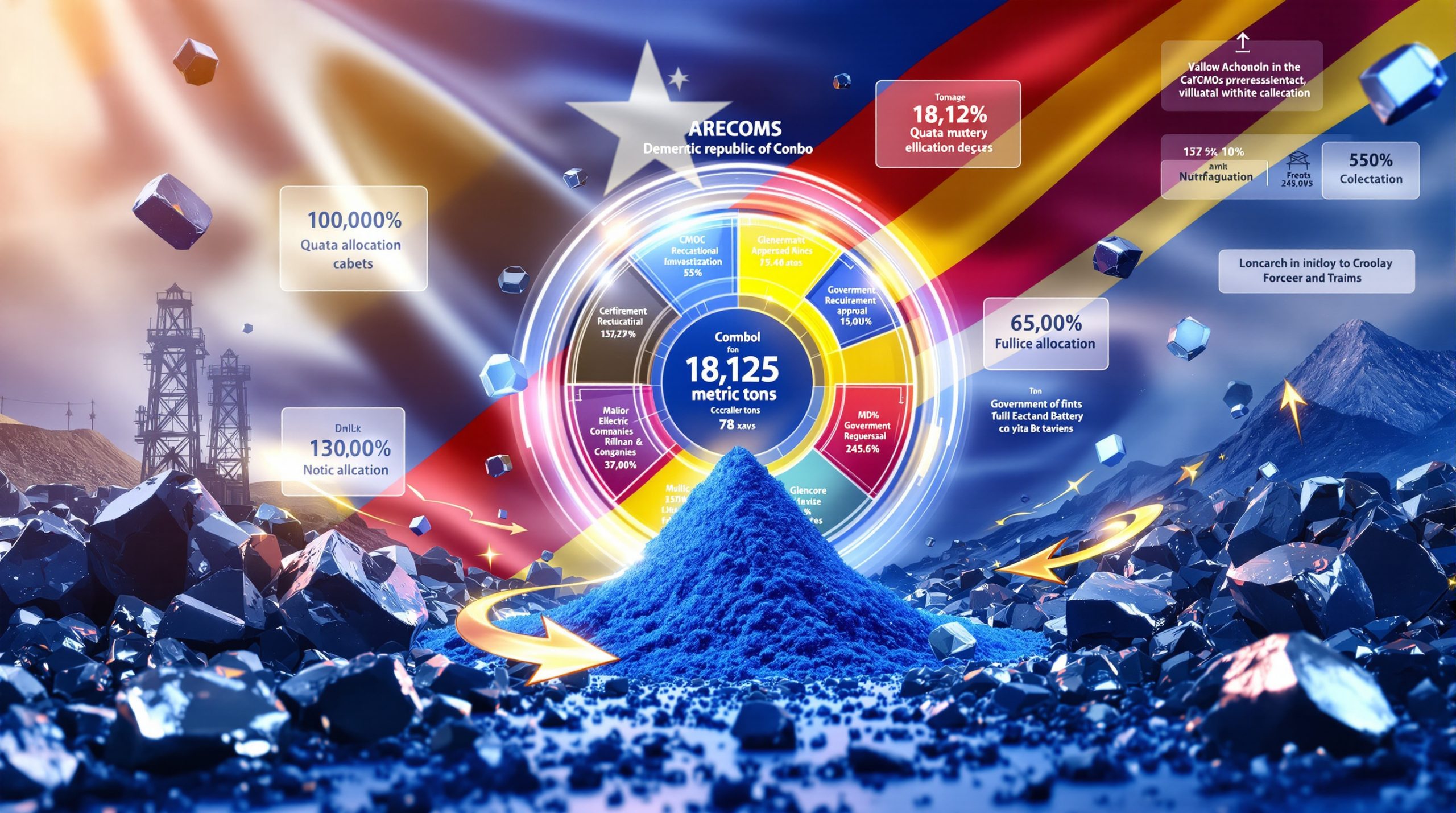Understanding the Fundamentals of Tailings Retreatment
Tailings retreatment represents a transformative approach in contemporary mining operations, converting previously discarded waste materials into valuable resources through sophisticated processing techniques. This methodology involves reprocessing accumulated mining byproducts to extract residual minerals and metals that remained unrecovered during initial extraction phases.
Modern mining companies have embraced tailings retreatment in modern mining as an essential component of their operational strategies, addressing multiple critical challenges while creating new revenue opportunities. The practice has evolved from a simple waste management solution to a comprehensive approach that combines environmental stewardship with economic value creation.
The integration of tailings retreatment into mining strategies generates substantial revenue streams while simultaneously addressing environmental liabilities and extending operational lifecycles. Furthermore, companies utilizing these methods can transform legacy waste facilities into productive assets, creating long-term value for stakeholders and surrounding communities.
Economic Advantages Driving Tailings Retreatment Adoption
The financial benefits of tailings retreatment operations demonstrate compelling advantages over traditional mining approaches. Operating costs for gold recovery through retreatment typically range from $900-1,200 per ounce, compared to $1,500-1,800 per ounce for conventional mining operations.
| Metric | Traditional Mining | Tailings Retreatment |
|---|---|---|
| Operating Costs (Gold) | $1,500-1,800/oz | $900-1,200/oz |
| Payback Period | 5-7 years | 2-4 years |
| Capital Intensity | High | Moderate |
| Grade Consistency | Variable | Predictable |
The economic attractiveness stems from several key factors that distinguish retreatment from conventional mining operations:
- Reduced exploration costs: Materials are already characterised and accessible
- Lower operational complexity: No drilling, blasting, or extensive infrastructure development required
- Predictable resource grades: Historical data provides accurate production forecasting
- Extended mine life: Additional revenue generation from existing assets
Real-world applications demonstrate significant economic impact. Operations near Harmony Gold's Free State facilities have created 500 direct and indirect employment opportunities, engaged 25 local suppliers and service providers, and generated R130-million in annual profits. Revenue from these retreatment operations supports community development trusts, advancing nonmining economic activities in surrounding areas.
Environmental and Social Impact Benefits
Contemporary tailings retreatment serves as a powerful environmental remediation tool, addressing legacy contamination issues while creating opportunities for land rehabilitation. The process removes toxic chemicals and heavy metals from storage facilities, reducing contamination risks to groundwater systems.
Environmental remediation through tailings retreatment addresses critical contamination sources. Relocating mining tailings to well-designed facilities enables removal or reduction of groundwater system impacts while supporting circular economy goals through valuable mineral recovery.
The approach supports circular economy principles by recovering valuable minerals while making land available for alternative uses. Companies can mitigate long-term environmental risks while creating sustainable revenue streams that extend mine operational lifecycles.
Social value creation represents another significant benefit of successful retreatment programs. These operations generate substantial community benefits through job creation, local supplier engagement, and revenue sharing mechanisms. Moreover, communities experience hundreds of direct and indirect employment opportunities while benefiting from profits channelled into development initiatives.
Land availability increases post-mining opportunities, including hosting renewable energy installations such as solar PV or wind power plants. Agricultural applications and commercial development projects become viable options for rehabilitated areas, generating additional social and economic value that helps sustain communities beyond mining operations.
Advanced Technologies Powering Modern Retreatment
Contemporary retreatment operations employ sophisticated extraction technologies optimised for different material types and environmental conditions. These processing methods maximise recovery efficiency while minimising environmental impact.
Key processing technologies include:
- Heap leaching systems: Cost-effective approach for processing low-grade materials
- Solvent extraction-electrowinning (SX-EW): Highly efficient methodology for copper recovery operations
- Advanced flotation techniques: Enhanced mineral separation capabilities for complex ore bodies
- Hydrometallurgical processes: Environmentally friendly extraction methods with reduced chemical usage
Modern facilities incorporate comprehensive environmental compliance measures to ensure sustainable operations. Engineered cover systems prevent water infiltration and contamination, while geomorphic designs align with natural landscape patterns for improved stability.
Advanced monitoring systems provide real-time environmental impact assessment, enabling proactive management of potential issues. These technologies support sustainable closure planning with 500-1,000 year stability requirements, ensuring long-term environmental protection.
Operational Characteristics and Risk Profiles
Tailings retreatment operations exhibit distinct characteristics that differentiate them from conventional mining activities. These differences create unique operational advantages while presenting specific management considerations.
| Operational Aspect | Conventional Mining | Tailings Retreatment |
|---|---|---|
| Geological Risk | High | Low |
| Production Variability | Significant | Minimal |
| Environmental Footprint | Large | Reduced |
| Infrastructure Requirements | Extensive | Moderate |
| Regulatory Complexity | High | Streamlined |
Risk mitigation strategies focus on comprehensive geotechnical assessments, advanced engineering designs, and robust environmental monitoring protocols. Companies prioritise facility stability and long-term environmental protection through innovative mine reclamation methodologies that exceed traditional mining standards.
The predictable nature of tailings materials enables more accurate production forecasting and resource planning. Unlike conventional mining operations that face geological uncertainties, retreatment projects benefit from extensive historical data and characterised materials, reducing operational risks significantly.
Land Rehabilitation and Alternative Use Strategies
Successful tailings retreatment creates opportunities for diverse post-mining land applications. Rehabilitated areas can support various economic activities that generate long-term value for communities and mining companies.
Post-mining opportunities include:
- Renewable energy installations: Solar and wind power generation facilities
- Agricultural applications: Livestock grazing and crop production systems
- Commercial development: Industrial and residential project opportunities
- Conservation initiatives: Ecosystem restoration and biodiversity enhancement programs
Effective rehabilitation requires careful consideration of soil depth optimisation, with 500-600mm depths necessary for agricultural applications. Microbial activity enhancement supports sustainable plant growth, while proper moisture management ensures long-term viability.
Commercial viability represents a crucial consideration for post-rehabilitation land use. Agricultural systems on rehabilitated land must generate sufficient revenue, serve as collateral for debt financing, and integrate into local economic value chains to achieve sustainability.
Data from commercial crop cultivation projects on mined land demonstrates feasibility but reveals cost competitiveness challenges compared to conventional agriculture. The rehabilitation process requires five to seven years for land stabilisation, allowing carbon and nitrogen cycles to develop sufficiently for healthy root system support.
Near Klerksdorp, North West province, operations are reprocessing tailings across approximately 1,800 hectares, aiming to reduce this footprint to 900 hectares through construction of smaller, taller, well-engineered tailings facilities. This approach frees significant land areas for alternative economic uses.
Global Standards and Regulatory Framework
The Global Industry Standard on Tailings Management (GISTM) establishes comprehensive guidelines following major tailings storage facility failures worldwide, including the Brumadinho collapse in Brazil (2019) and the Jagersfontein failure in South Africa (2022).
Additionally, the tailings retreatment sector has emerged as a core component of contemporary mining operations.
GISTM addresses innovative concepts including:
- Zero-tailings mine approaches: Minimising surface storage requirements through alternative disposal methods
- Alternative storage solutions: Underground placement and backfilling applications
- Robust facility design: Enhanced safety and environmental protection standards
- Alternative tailings applications: Openpit rehabilitation and subsidence control measures
The standard promotes alternative uses for tailings, such as rehabilitating openpit mines or underground storage for subsidence management. However, underground tailings storage requires careful environmental consideration to prevent pollution, and only approximately 65% of gold mining tailings can typically be placed in underground voids.
Companies implement comprehensive management systems addressing geotechnical stability, environmental protection, and community engagement requirements. Investment in advanced monitoring technologies and stakeholder consultation processes maintains regulatory compliance while supporting operational excellence.
Innovative Cover System Technologies
Modern rehabilitation employs sophisticated cover system technologies that have evolved significantly from traditional approaches. Thirty years ago, adequate tailings management involved understanding geochemistry and applying vegetative covers to ensure geotechnical integrity.
Contemporary designs must ensure facility protection from disintegration for 500-1,000 years while considering whether reclamation can create landscapes suitable for future economic use. This requires innovative approaches that balance environmental protection with commercial viability.
Of South Africa's approximately 400 tailings storage facilities, only five to six currently utilise topsoil cover systems. However, the industry has accumulated substantial knowledge about these technologies, leading to significant innovation and progress over the past 30-40 years.
Geomorphic designs aligned with surrounding landscapes have become increasingly prevalent, reducing long-term costs while improving environmental integration. These designs match erosion scenarios of surrounding environments, minimising net erosion and reducing pollution potential.
Brown (topsoil) or grey (rock) cover systems can line facilities effectively when properly designed, allowing water storage and controlled release while minimising groundwater infiltration. Well-designed systems present cost advantages through reduced maintenance requirements and improved sustainability.
Future Outlook and Industry Trends
Emerging technologies continue reshaping tailings retreatment capabilities, with artificial intelligence optimisation improving processing efficiency and resource recovery rates. Advanced sensor networks enable real-time monitoring and predictive maintenance, while biotechnology applications provide environmentally friendly extraction processes.
Innovation drivers shaping the industry include:
- Artificial intelligence: Processing optimisation and enhanced resource recovery
- Advanced sensor networks: Real-time monitoring and predictive maintenance capabilities
- Biotechnology applications: Environmentally sustainable extraction processes
- Circular economy integration: Comprehensive waste-to-resource transformation approaches
Industry projections indicate significant growth in retreatment activities as companies recognise dual benefits of environmental remediation and resource recovery. Technological advances will continue improving extraction efficiency while reducing environmental impacts, making tailings retreatment in modern mining increasingly attractive economically.
International examples demonstrate successful implementation, such as wind turbines placed on rehabilitated tailings storage facilities in Zambia, generating sustainable revenue streams through power purchase agreements. These projects highlight the commercial viability required for sustainable post-mining land use.
Furthermore, the industry's broader sustainable mining transformation continues supporting these developments alongside the mining industry evolution towards more responsible practices.
Strategic Implementation Considerations
Successful tailings retreatment projects require comprehensive evaluation of multiple factors that influence viability and long-term success. Strategic planning involves balancing economic objectives with environmental responsibilities and social commitments.
Critical evaluation factors include:
- Resource characterisation: Accurate grade and tonnage assessments based on historical data
- Market conditions: Commodity price projections and demand forecasting
- Regulatory environment: Permitting requirements and compliance cost considerations
- Community acceptance: Stakeholder engagement and social licence maintenance
Companies must approach retreatment planning through comprehensive feasibility studies, environmental impact assessments, and extensive community consultation processes. The integration of ESG considerations requires looking beyond traditional mine closure timelines to determine long-term facility impacts.
Tension exists between new regulatory requirements and original tailings storage facility design objectives. Modern regulations demand facility designs that ensure geotechnical stability enables reintegration into surrounding environments for economic activities, requiring risk elimination through advanced engineering approaches.
The commercial viability of rehabilitated land use remains crucial for project sustainability. Revenue generation capabilities, debt collateralisation potential, and integration into local economic value chains determine long-term success. Consequently, only commercially viable initiatives can be considered truly sustainable in the context of modern mining operations.
Additionally, companies are increasingly recognising the decarbonisation benefits and implementing data-driven operations to optimise their retreatment processes.
Furthermore, modern mining operations are leveraging waste-to-wealth concepts to maximise value extraction from previously discarded materials.
Tailings retreatment in modern mining has emerged as a core component of contemporary mining operations, transforming the industry's approach to waste management while creating substantial economic and environmental benefits. As technology continues advancing and regulatory frameworks evolve, retreatment operations will play an increasingly important role in sustainable mining practices worldwide.
Looking to Capitalise on Emerging Mining Technologies?
Discovery Alert's proprietary Discovery IQ model delivers real-time alerts on significant ASX mineral discoveries, including companies advancing innovative retreatment and sustainable mining technologies. Position yourself ahead of the market by exploring historic discovery returns and begin your 30-day free trial today to identify actionable opportunities as they emerge.




